The Cycle of the Land
"The land does not remember the reckless. But those who walk with care, who listen to the song of stone and wind, their names are carried forever. The mountains whisper them in the howling storm, in the rush of the thawing rivers, in the silence before the first snowfall. To journey with respect is to be remembered. To walk the old paths is to become part of them."
The wind cuts through the high passes of The Agriss Mountains, threading through ancient trails worn smooth by generations of hooves and hardened feet. In these harsh and sacred highlands, the Arin people continue the old migrations, not for novelty or pride, but because the land demands it. They follow the rhythm of the earth, walking in the footsteps of those who came before, trusting that the land still knows their names. Transhumance in Areeott is not a practical tradition held in nostalgic memory. It is the foundation of Arin identity. With each seasonal turning, herders lead their flocks from the wind-shielded winter valleys to the high green pastures that flourish beneath the summer sun. The journey sustains their lives, but it also reaffirms a bond. It connects people to soil, breath to trail, and memory to motion. It is a commitment passed from ancestor to descendant, renewed with each generation that dares the long road again. Mornings on the migration begin in silence. The frost lingers until the sun edges past the peaks, and the last of the stored provisions is shared beside the hearth. Elders draw symbols of protection into the dirt. Younger herders wait beside their gear, watching and listening, not out of impatience, but respect. There is no rush in this moment. The path waits. The land must be acknowledged before it is crossed. When the migration begins, it does so without ceremony. There are no horns or flags. The sound of bells strung around the herd rises in steady rhythm, joined by the low grumble of Rock Griffons far above. The herders walk with practiced deliberation. Each step follows one already taken by hundreds of others. The trail is not merely known. It is lived, memorized in muscle and breath, marked by stones and old memories that do not fade. To those who know nothing of this life, it might seem like a logistical effort. Flocks are moved. Families travel. But to the Arin, this is not movement. It is continuity. Nothing is taken from the valleys without intent. Every blade of grass is borrowed. The highlands are not conquered. They are greeted. This exchange lies at the center of the practice. Each departure is a risk. Each return is a trust answered. To walk the path is to show faith that the mountains will accept you again. At night, fires light the trailside camps. Stories are told. Some are remembered truths. Some are warnings, spoken low and without embellishment. The old tales recount years when herders failed to uphold the rites. Villages were swallowed in snow or scattered by blight. Their names are lost, but the land remembers the lesson. Others speak of nights when wolves walked beside the herders without raising fang, or of griffons that circled not as predators, but guides. These are not considered legends. They are part of the world. They are respected accordingly. By the time the pastures are reached, the change has already taken hold. The valleys behind lie still and empty. The uplands bloom in quiet welcome. The flocks are released, the milk flows again, and the people rest. But the rest is temporary. The cycle does not end. The land continues to turn, and soon the descent will begin. For the Arin, transhumance is not a matter of choice. It is not a relic or a convenience. It is blood, lineage, and place, tied together in movement. To walk the high roads is to remain Arin, to remember what the land expects, and to answer it in kind. Long after names are forgotten and voices fall silent, the paths will remain. The wind will still carry the stories of those who moved with care.
History
"Before the walls of Areeott rose, before kings and charters, before even the first stone was laid in Venlin, we walked. We walked with the winds at our backs and the stars above our heads, following the trails our ancestors carved into the land with their own footprints. To move with the seasons is to move with the will of the world itself, and so long as we walk, we remain."
Transhumance among the Arin reaches back to the earliest settlements in the Agriss Mountains. Before the establishment of cities or the rise of the Areeott kingdom, survival hinged on reading the land’s rhythms. Early stone carvings mark the first migration routes. These show family groups guiding their herds through the high passes, often accompanied by their griffon companions, who once played a central role in these journeys. After the Shattering reshaped the region, many lowland settlements were lost or made inaccessible. The Arin clans retreated deeper into the mountains. Their seasonal movements became more dangerous, but also more sacred. The rituals that once marked the journey became more formal. The offerings of water, the burning of sage, and the giving of the first milk were no longer optional acts of gratitude. They became essential. Stories from this era speak of entire villages that ignored the rites and were lost to disaster—blizzards, rockfall, or sickness. The land punished forgetfulness. In the centuries that followed, as Areeott expanded and became a unified kingdom, transhumance remained a cultural constant for the Arin. Outside influences introduced new farming practices and legal concepts of land ownership. These changes created friction. Arin herders were pushed off traditional routes or barred from grazing pastures they had used for generations. Eventually, laws were written to protect these paths and to preserve the rights of herders to migrate seasonally. Within Arin culture, the role of herder grew more defined. It became a position of pride and spiritual significance, not just a livelihood. Modern tools and trade have reduced the physical necessity of transhumance. Food can be stored and shipped. Shelters can be built to withstand harsh winters. But the journey continues. For many Arin families, it is now a rite of passage. Children walk their first migration to learn what it means to belong, not just to a people, but to a place that expects something in return.
Execution
"A herder who does not know the weight of his own staff has no business leading the flock. The journey to the high pastures is not a mere relocation. It is a sacred contract, renewed with every step, between land, beast, and keeper. The wind must be read like scripture, the trails walked with reverence, and the first milk offered with steady hands. A careless migration leads to lean years, but a wise herder listens, and the mountains answer in kind."
Before departure, the entire community gathers at the central hearth. The elders, wrapped in thick cloaks, lead the first rites. Sage and pine resin are burned. Prayers are whispered, and tokens are distributed. Often carved stones or braided cords meant to bind the herders to the path and to the ancestors who once walked it. The lead herder walks at the front, striking the earth with his staff in a rhythmic pace. The herd follows without command. They have made the journey before. Young herders take the flanks, watching and learning. They are not barked at or ordered. They are shown, step by step, what is expected. The griffons fly overhead. They are both guardians and symbols, part of the old agreement between land and people. Rest points along the route are marked by small rites. A ladle of glacial water is poured into the soil as thanks. Fires are lit and songs sung. These are not celebratory moments. They are affirmations. At night, a rotating watch stands guard. They do not speak unless necessary. Their job is to know when the quiet becomes wrong. When the group reaches the high pastures, the oldest herder leads the first animal onto the grass. He then pours fresh milk onto the ground. No one rests until this is done. Only then is the journey complete.
Components and tools
"Tie the talisman tight, love, wrap the staff in thread,
Strike the earth thrice, love, wake the path ahead.
Smoke the sage and pine, love, let the spirits see,
Pour the milk in offering, love, so the land walks free."
The execution of transhumance in Arin culture relies on an array of carefully chosen tools and ritual objects. Each serves a practical purpose and carries deep cultural meaning. At the heart of the journey is the shepherd’s staff. This long and weathered rod is often wrapped in woven talismans and etched with sigils of protection. Passed down through generations, each staff is believed to anchor the herder’s spirit to the path and to ensure safe passage. Some of them carry small bells whose gentle chime is said to keep misfortune away and to guide the herd with a steady rhythm. Another essential item is the offering pouch. This small satchel, made of leather or cloth, is carried by each herder and filled with dried herbs, grains, and salt. These are scattered at important points along the route. Mountain passes, river crossings, and the entrance to the summer pastures are all marked by these offerings. In some villages, Arin silver shavings are added as well. This rare and sacred metal is believed to stabilize enchantments and preserve the harmony between people, animals, and the spirits of the mountains. Throughout the journey, smoke bundles are used for both protection and ceremony. These are carefully bound sticks of sage, pine resin, and highland lavender. At nightfall, they are burned in small fire pits to cleanse the path and bring restful sleep. Before departure, elder herders walk through the camp and wave the fragrant smoke over the animals and people. They mutter old words of warding to guard against unseen forces that may linger beyond the trails. One final object completes the cycle. The first milk vessel, often a carved wooden bowl or a polished horn, is used in the most sacred act of the journey. This act is the first offering of milk after reaching the summer pastures. It is a simple gesture but carries profound meaning. It stands as a pledge and a renewal of the unspoken covenant between the Arin people and the land they cross. The milk, still warm and rich, is poured onto the ground as the first animal steps onto the new grass. In that moment, the journey is complete and the ancient cycle continues without break.
Primary Related Location
Related Organizations
Related Ethnicities




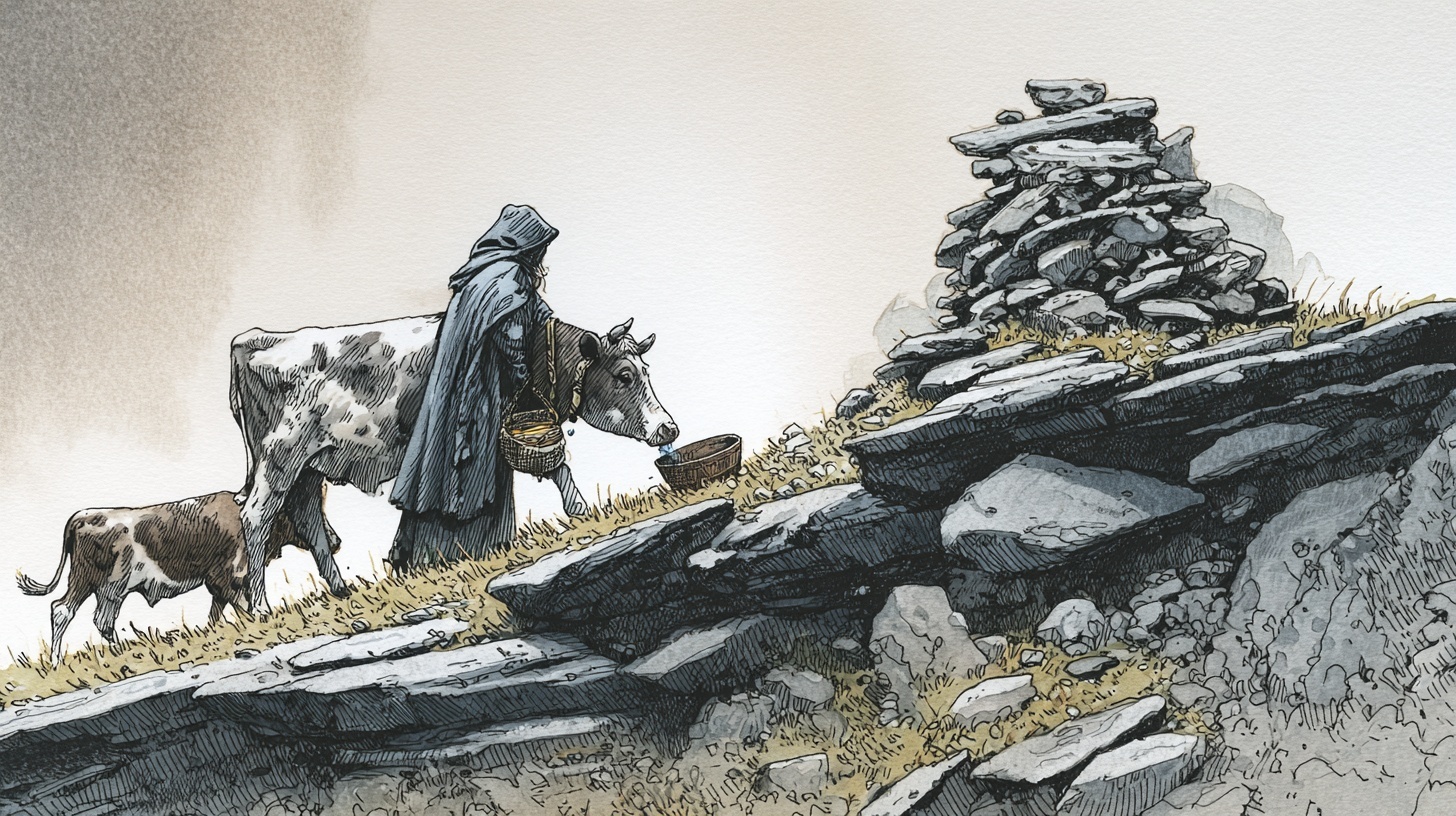
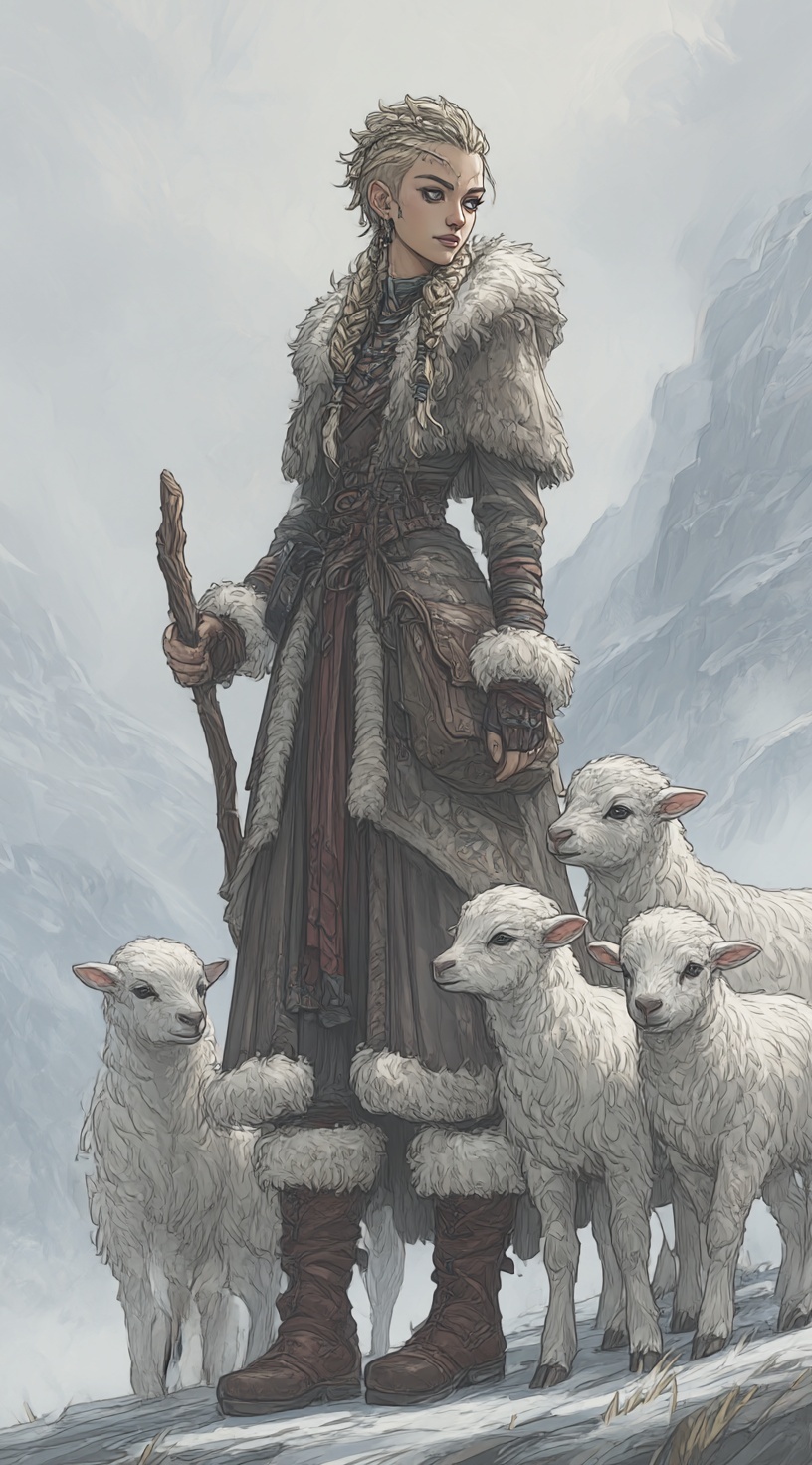
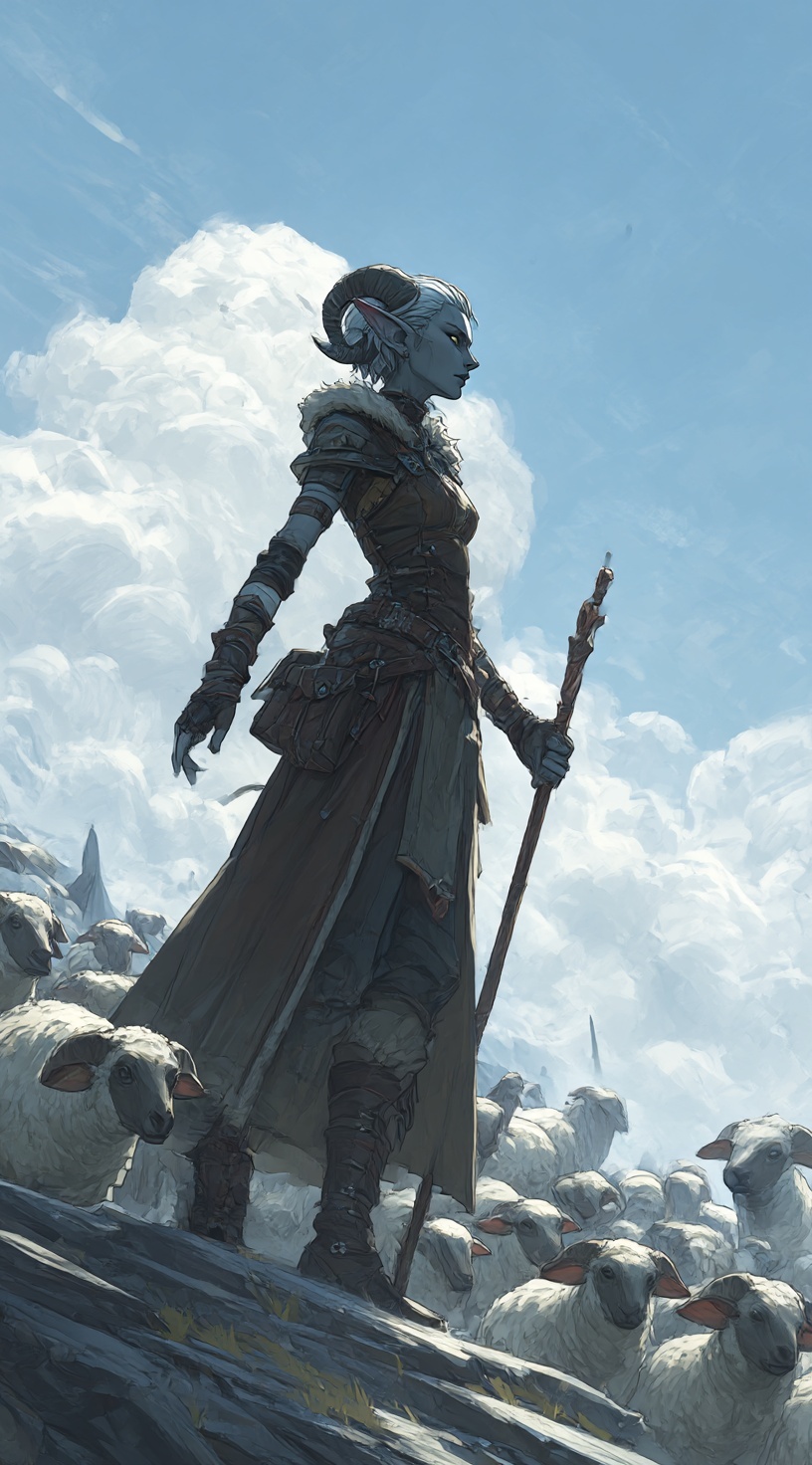
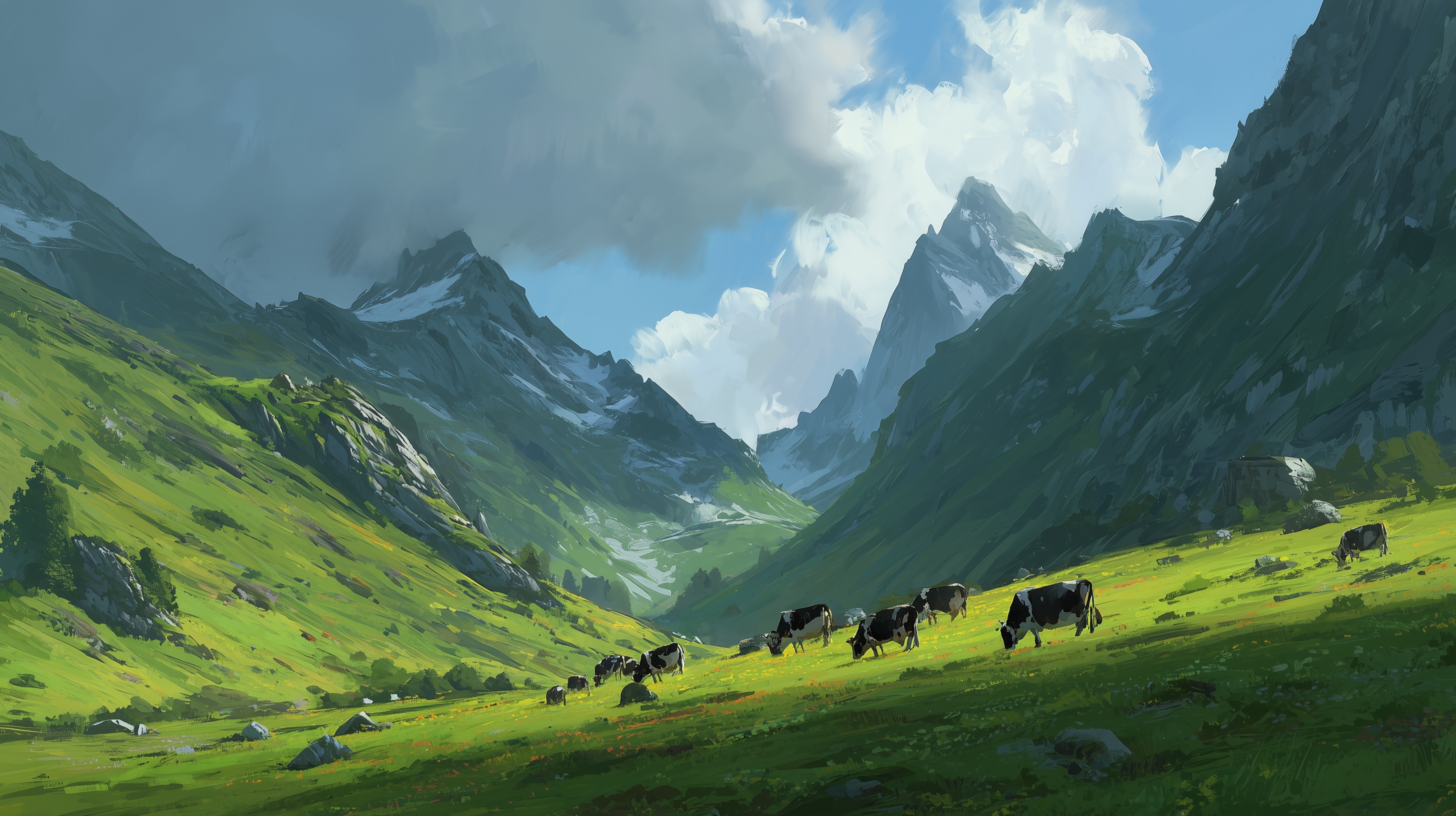
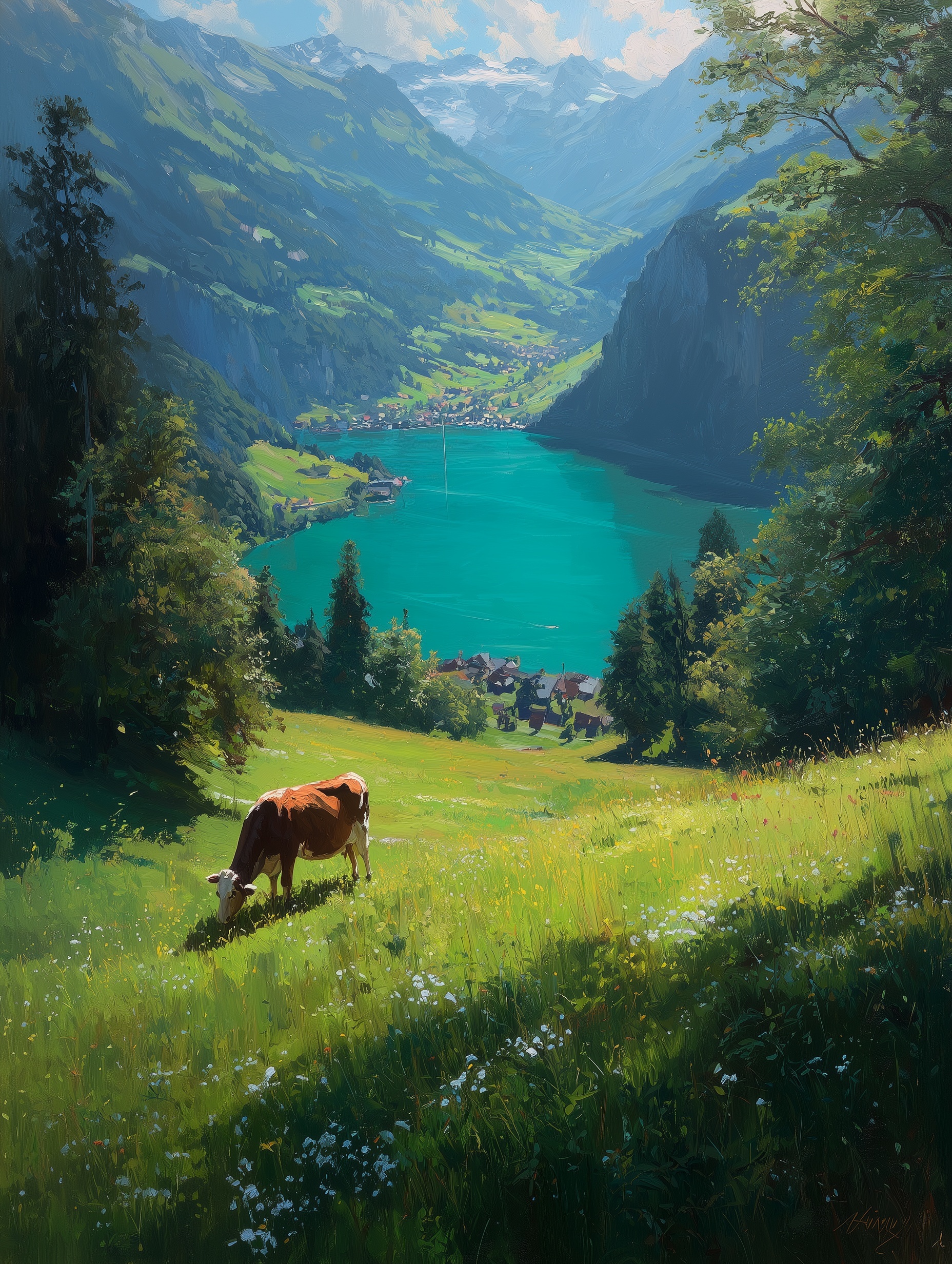



Comments